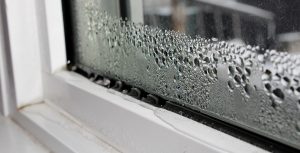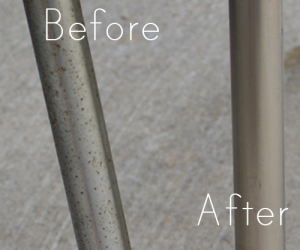The presence of mold on your walls is not only unsightly, but also unhealthy. It takes just an inch of mold to blacken the entire top corner of your home.
But, when mold begins to grow on dry walls it should be cut out and disposed of. Are you wondering why? It’s because the surface of the drywall is porous and the tiny root mold structure can grow into the wall and attach itself strongly. The good news is that if you find the mold at a very early stage – when small patches appear – you can effectively remove it. The dry wall structure will need to be removed if mold has been growing on it for a long period of time, since it is possible for mold to sprout back (even if it was previously removed).
Why is mold growing on your dry walls?

There are a number of factors that can lead to mold growth, but leaks, condensation, or high humidity levels are the most common. By increasing your house’s ventilation, which means leaving the windows open for longer than 10 minutes, you may be able to reduce these causes.
Is bleach and vinegar the most effective weapon for mold removal?
Both pros and cons apply, but the answer is largely determined by the amount of mold and more importantly, the material on which it grows. Keep in mind: if you don’t clean mold correctly, it will keep coming back.
Bleach should never be used under any circumstances. As chlorine turns to gas and evaporates into the air, it leaves behind water that causes subsurface mold to grow again. The bleach and water solution may work on non-porous surfaces, but so will any other cleaning solution. A dry wall consists of porous materials that require a surfactant type cleaning/sanitizing product that kills mold beneath the surface.
It is also important to keep yourself and others safe when cleaning mold and prevent spores from being released into the air.
Use white vinegar, not bleach. Wet the surface thoroughly and let it sit for 15 minutes before wiping it up. Any highly acidic solution will do. If the staining persists, consider retreating the area and the area surrounding the staining again.
However, this does not resolve the issue of air quality, just the topical matter of mold growth. You should not attempt to clean up anything larger than a few square feet by yourself. If you have too much exposure to mold when cleaning up a large patch that has grown for a long time, it may spread elsewhere in your home and cause respiratory issues.
Vinegar is the answer. It appears that this common household ingredient is capable of removing mold roots from porous surfaces, such as dry walls. Though, it’s a wise idea to get specialized advice from someone before you attempt a large project on your own.
🧴 Vinegar-Based solution to remove mold on dry walls

▪ 2 tablespoons borax
▪ 1/4 cup white vinegar
▪ 2 cups of hot water
In a bowl, combine the ingredients above and stir until the borax dissolves. Fill a spray bottle with the solution and liberally spray it on painted walls, tiles, or other nonporous surfaces. Scrub thoroughly and wipe clean. Spray again and let it sit 10 minutes before wiping dry.










